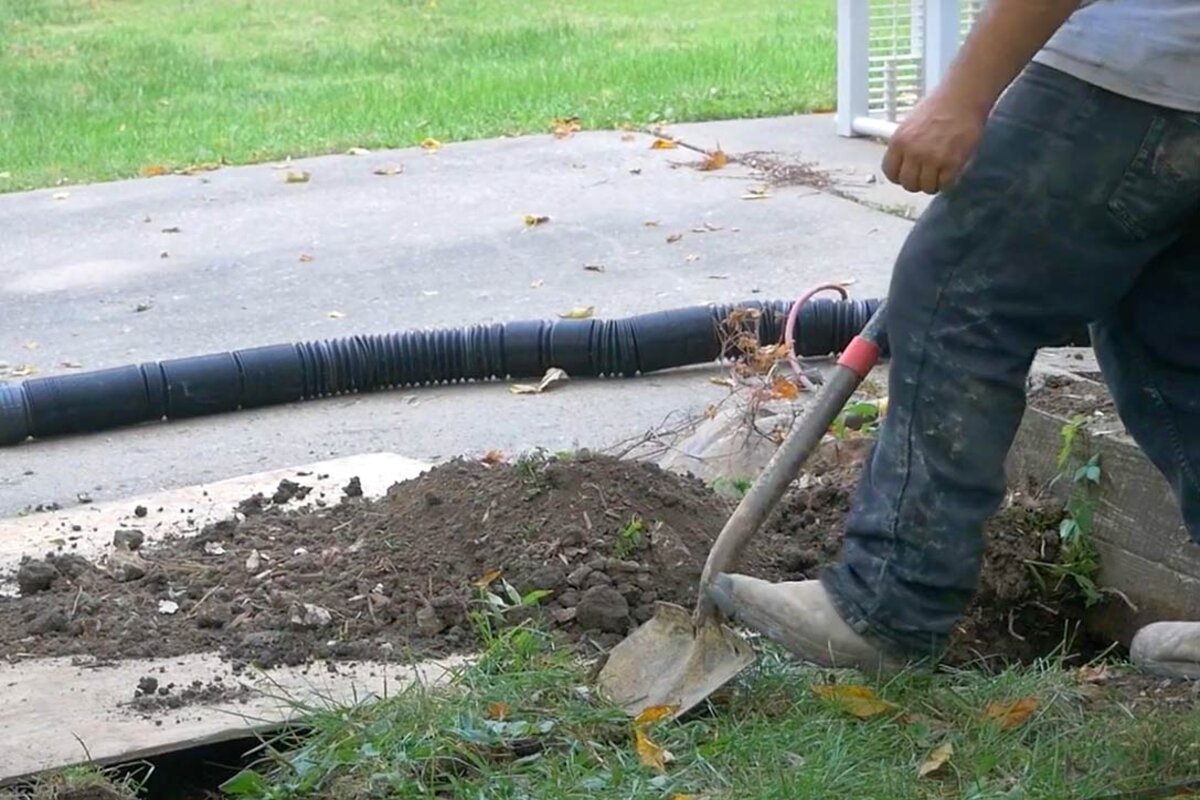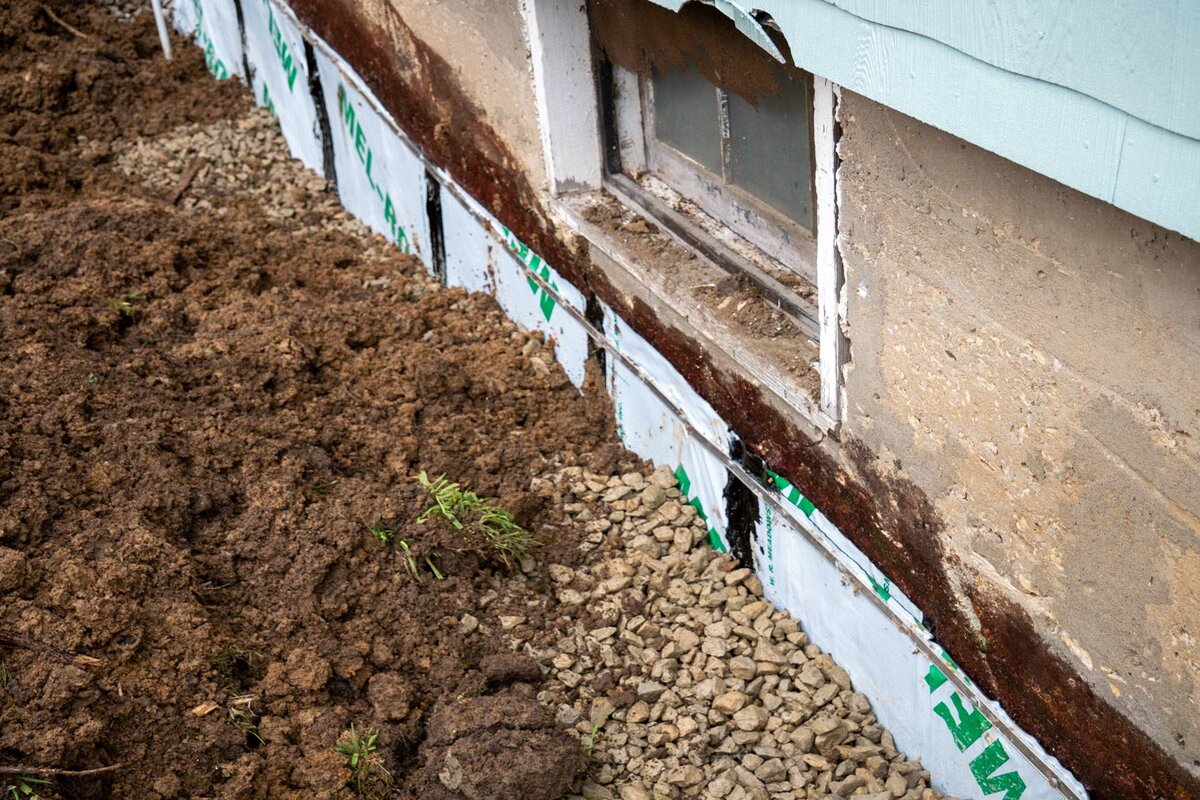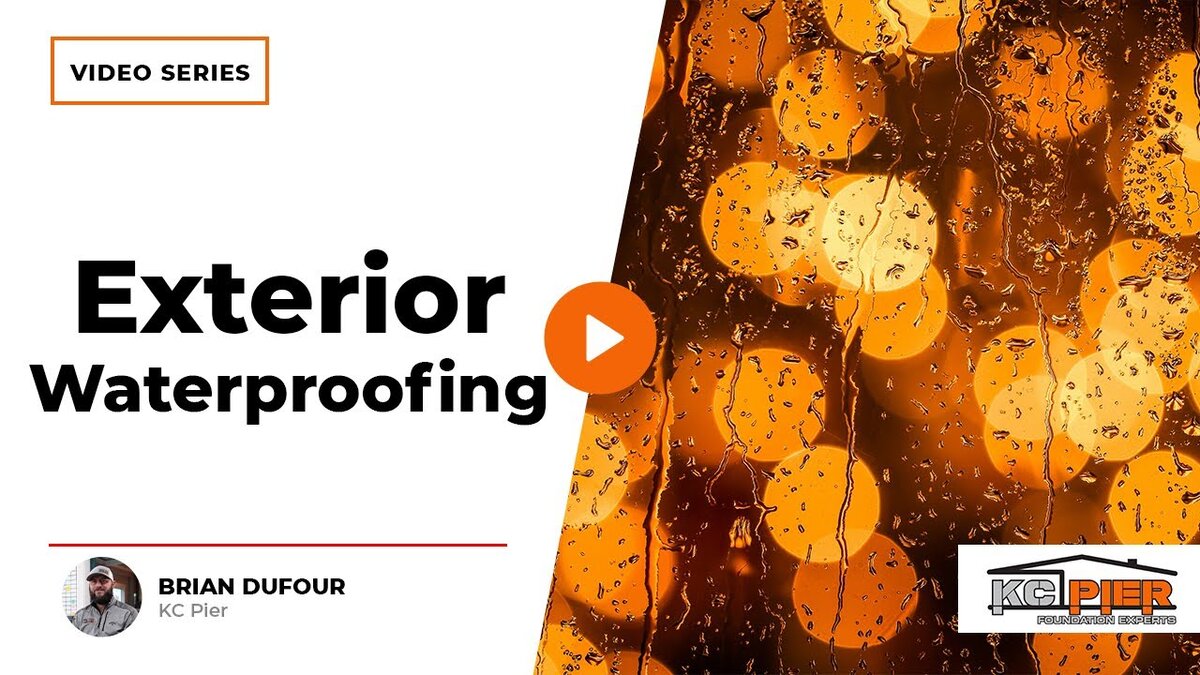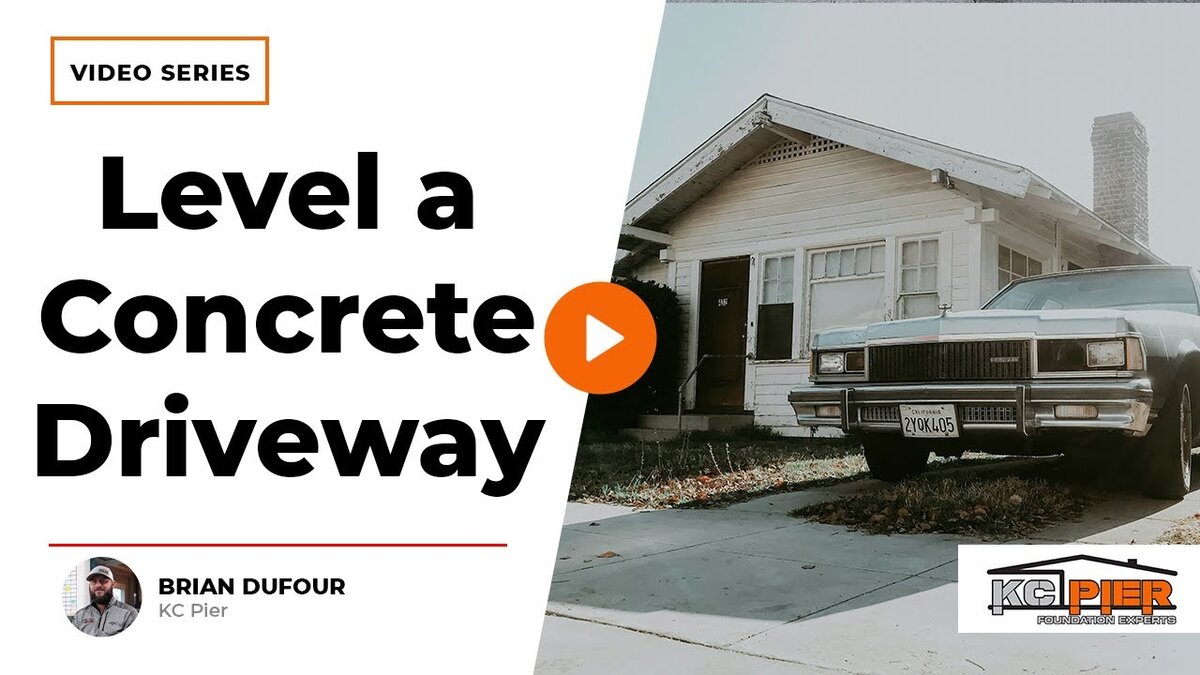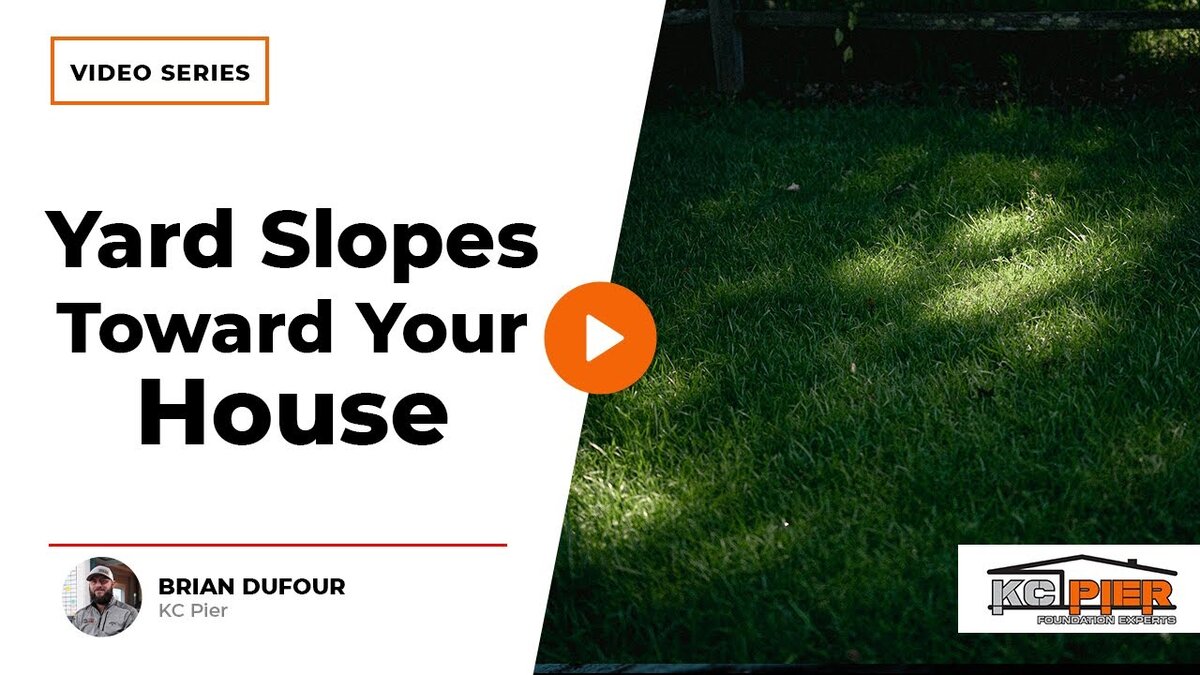Bowing basement walls are one of the clearest signals that something is seriously wrong with your home’s foundation. If left unaddressed, this issue can jeopardize the structural integrity of your entire house. Not only can it lead to costly repairs down the road, but it can also put your family’s safety at risk. So, how can you tackle this issue head-on and ensure long-lasting results? Let’s break down the best way to repair a bowed basement wall, helping you safeguard your home for years to come.
Understanding the Problem
Before diving into the repair process, it’s essential to understand why basement walls bow in the first place. The primary cause is usually hydrostatic pressure from water-saturated soil pushing against the walls. Other factors include poor drainage, clay soil expansion, and lack of proper maintenance.
Excavating the Clay Soils
The first step in repairing a bowed basement wall is to remove the clay soils that are causing the hydrostatic pressure. Here’s how we do it:
- Excavate the Soil: We begin by excavating the clay soils around the affected wall, removing soil 2 to 3 feet away from the wall. This step is crucial as it alleviates the pressure that has been pushing the wall inward.
- Assess the Damage: Once the soil is removed, we assess the extent of the wall’s bowing to determine the best course of action.
Setting the Braces and Anchors
With the soil excavated, the next step involves pushing the wall back to its original position, as much as the structure allows. Here’s how we proceed:
- Push the Wall Back: Using specialized equipment, we gently push the wall back towards its original position. It’s important to note that we can only push the wall back to the limitations set by the house’s structure.
- Install I-Beam Braces or Tieback Anchors: After repositioning the wall, we install I-beam braces or tieback anchors. These are pushed into the soil to provide additional support and stabilization to the wall.
Waterproofing the Wall
To prevent future problems, waterproofing is a critical part of the repair process. Here’s how we do it:
- Apply Mel-Rol Membrane: We waterproof the wall using a Mel-Rol membrane, which is 60 mil thick. This membrane covers the entire wall and the footing, effectively blocking water from entering the basement.
- Install PVC Pipe: A 4-inch triple wall PVC pipe is installed next to the footing. This pipe directs water away from the house, either into a sump pump or towards daylight if the terrain allows.
Installing the PVC Pipe
Installing a PVC pipe is an important step to ensure water is properly directed away from the basement:
- Install a 4-Inch Triple Wall PVC Pipe: We place this pipe next to the footing, which effectively channels water away from the house.
- Connect to Sump Pump or Daylight: The pipe is directed either to a sump pump installed in the basement or to daylight, if the slope of the land permits.
Backfilling with Gravel
Proper backfilling is essential for ensuring long-term stability. Here’s the process:
- Use Gravel for Backfilling: We backfill the excavated area with 90% gravel. The remaining soil is taken away from the house.
- Benefits of Gravel: The gravel serves two purposes: it allows water to pass through easily into the PVC pipe and acts as a crush barrier, absorbing soil expansion and preventing future pressure on the wall.
Reasons for Wall Failure
Understanding why walls fail helps in preventing future issues. The most common reason for wall failure is a lack of maintenance. Homeowners often focus on interior upgrades but neglect essential exterior maintenance tasks.
Maintenance Tips
To prevent future wall bowing, regular maintenance is key. Here are some tips:
- Clean the Gutters: Ensure your gutters are clean and capable of handling heavy rains. Properly functioning gutters direct water away from the house, reducing hydrostatic pressure.
- Maintain Positive Slope and Grading: Ensure that the ground slopes away from your home. Proper grading forces water to flow away, reducing soil expansion and pressure on the basement walls.
In Summary
Repairing a bowed basement wall involves a systematic approach: excavating clay soils, setting braces and anchors, waterproofing, and proper backfilling. Maintenance plays a crucial role in preventing future issues. By following these steps, we can ensure your basement walls remain stable and secure.
If you need professional help to repair a bowed basement wall, contact us today. We offer a lifetime warranty on our repairs, ensuring your peace of mind.


